Can I Use Sony Lens On Nikon Camera ?
No, Sony lenses are not compatible with Nikon cameras. Sony uses the E-mount system for their lenses, while Nikon uses the F-mount system. These two systems have different physical and electronic connections, which means that lenses designed for one system cannot be directly used on the other. However, there are third-party adapters available in the market that can allow you to use Sony lenses on Nikon cameras, but these adapters may have limitations and may not provide full functionality. It is recommended to use lenses specifically designed for the camera system you are using to ensure optimal performance and compatibility.
1、 Compatibility of Sony lenses with Nikon cameras
Compatibility of Sony lenses with Nikon cameras is not possible without the use of an adapter. Sony lenses are designed specifically for Sony cameras and have a different lens mount system compared to Nikon cameras. Sony uses the E-mount system for their mirrorless cameras, while Nikon uses the F-mount system for their DSLR cameras.
However, with the use of a lens adapter, it is possible to mount Sony lenses onto Nikon cameras. There are various third-party adapters available in the market that allow for this compatibility. These adapters essentially act as a bridge between the Sony lens and the Nikon camera body, allowing for the lens to be attached and used.
It is important to note that when using an adapter, there may be limitations and compromises in terms of autofocus performance, image quality, and functionality. Some adapters may not support autofocus or may have limited compatibility with certain Sony lenses. Additionally, using an adapter may result in a loss of image quality or vignetting.
It is recommended to do thorough research and read reviews before purchasing an adapter to ensure compatibility and functionality with specific Sony lenses and Nikon camera models. Additionally, it is worth considering the potential drawbacks and limitations of using an adapter, and whether it is the best solution for your photography needs.
As technology advances, it is possible that future developments may lead to improved compatibility between different camera systems. However, as of the latest point of view, using Sony lenses on Nikon cameras requires the use of an adapter.
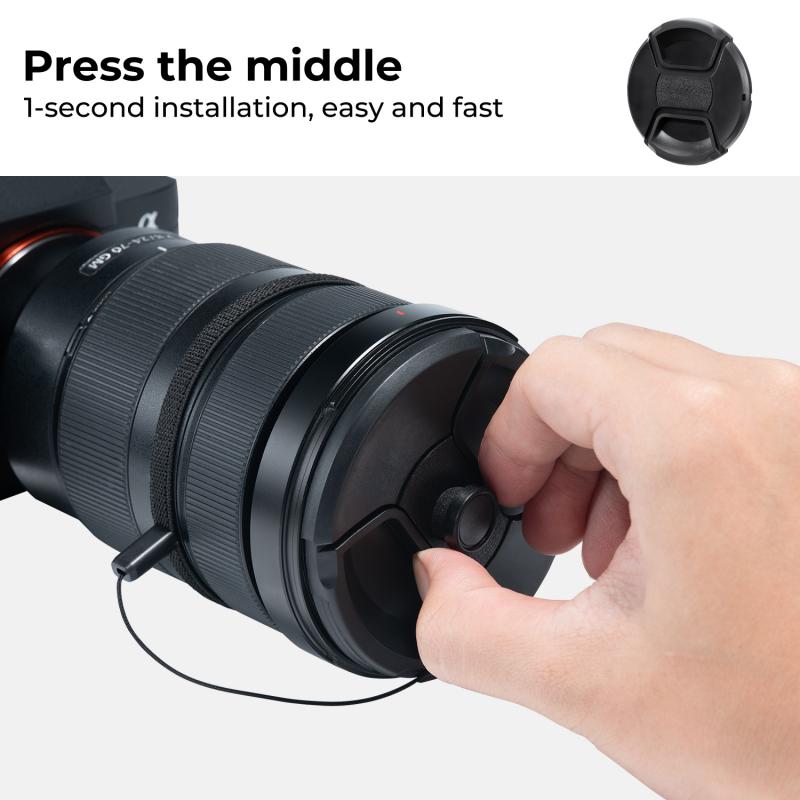
2、 Adapting Sony lenses for use on Nikon camera bodies
Adapting Sony lenses for use on Nikon camera bodies is not a straightforward process. Sony lenses are designed specifically for Sony camera bodies and use a different lens mount system called the Sony E-mount. On the other hand, Nikon cameras use the Nikon F-mount system. These two systems are not compatible with each other, which means that you cannot directly attach a Sony lens to a Nikon camera without using an adapter.
However, there are third-party adapters available in the market that allow you to mount Sony lenses on Nikon camera bodies. These adapters act as a bridge between the Sony E-mount and Nikon F-mount, enabling the lens to physically attach to the camera. It is important to note that using an adapter may result in some limitations and compromises.
One of the main limitations is autofocus functionality. Sony lenses are designed to work with Sony autofocus systems, and when adapted to a Nikon camera, autofocus performance may be slower or less accurate. Additionally, some features like image stabilization may not work as effectively when using an adapter.
Another consideration is the compatibility of electronic communication between the lens and camera body. While basic functionality like aperture control and manual focus should work, more advanced features may not be fully supported.
It is also worth mentioning that using an adapter may affect the overall image quality. The adapter introduces an additional element between the lens and camera body, which can potentially impact image sharpness, clarity, and overall optical performance.
In conclusion, while it is possible to adapt Sony lenses for use on Nikon camera bodies using third-party adapters, there are limitations and compromises to consider. It is recommended to thoroughly research and test the specific adapter and lens combination before making a purchase.
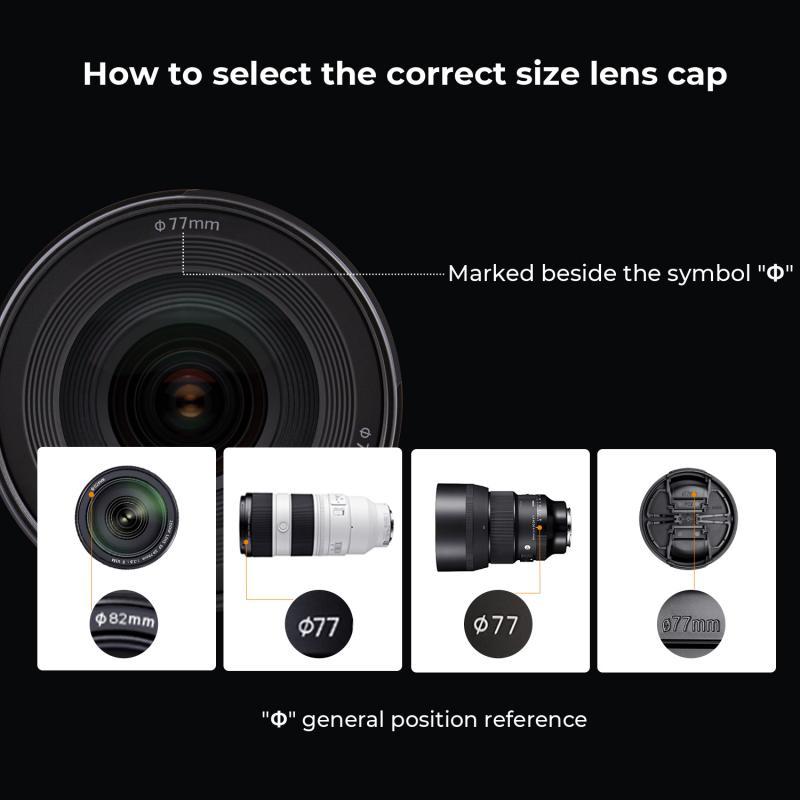
3、 Limitations and considerations when using Sony lenses on Nikon cameras
Limitations and considerations when using Sony lenses on Nikon cameras:
No, you cannot directly use Sony lenses on Nikon cameras without an adapter. Sony lenses are designed specifically for Sony's E-mount or A-mount systems, while Nikon cameras use their own F-mount system. However, with the use of a lens adapter, it is possible to mount Sony lenses on Nikon cameras.
There are a few limitations and considerations to keep in mind when using Sony lenses on Nikon cameras:
1. Autofocus Compatibility: Sony lenses may not have full autofocus functionality when used on Nikon cameras. The autofocus performance may be slower or less accurate compared to using native Nikon lenses. Some adapters may not support autofocus at all, requiring manual focus.
2. Aperture Control: Sony lenses may not have electronic aperture control when used on Nikon cameras. This means that you may need to manually adjust the aperture on the lens itself, rather than through the camera's controls.
3. Image Quality: While it is technically possible to mount Sony lenses on Nikon cameras, the image quality may be affected. Different lens designs and coatings can result in variations in image sharpness, color rendition, and distortion.
4. Compatibility Issues: Not all Sony lenses may be compatible with Nikon cameras, even with an adapter. It is important to research and ensure that the specific lens and adapter combination you plan to use is compatible.
5. Firmware Updates: As camera and lens manufacturers release firmware updates, compatibility between different systems may change. It is important to stay updated with the latest firmware releases for both the camera and lens to ensure optimal performance.
In conclusion, while it is possible to use Sony lenses on Nikon cameras with an adapter, there are limitations and considerations to be aware of. It is recommended to thoroughly research and test the specific lens and adapter combination before committing to using them together.
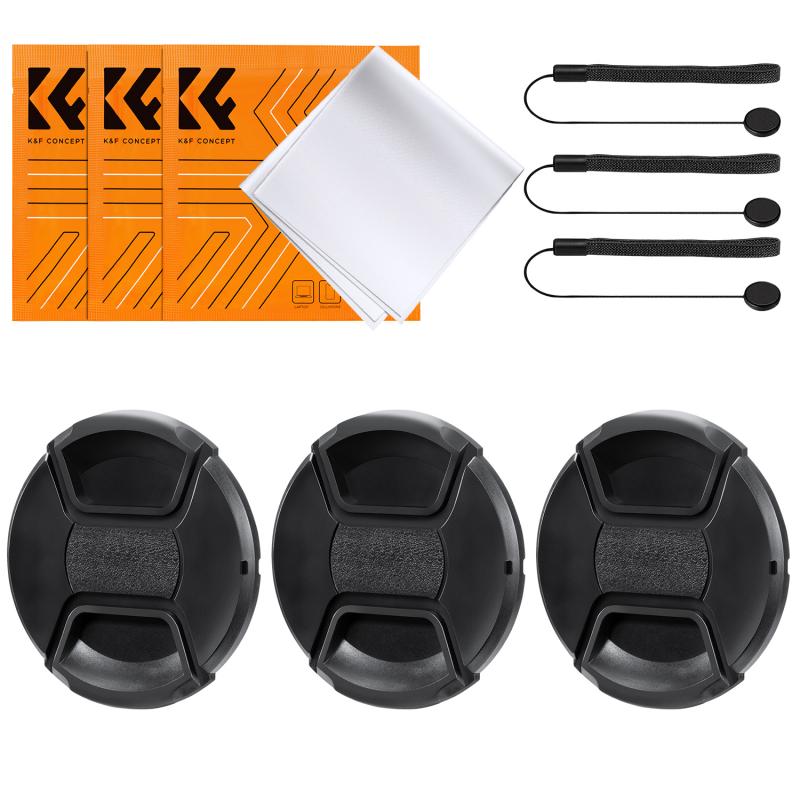
4、 Potential issues and workarounds when using Sony lenses on Nikon cameras
Potential issues and workarounds when using Sony lenses on Nikon cameras:
No, you cannot directly use Sony lenses on Nikon cameras without an adapter. Sony lenses are designed specifically for Sony's E-mount or A-mount systems, while Nikon cameras use their own F-mount system. However, with the use of third-party adapters, it is possible to mount Sony lenses on Nikon cameras.
One potential issue when using an adapter is the loss of autofocus functionality. Sony lenses may not communicate effectively with Nikon camera bodies, resulting in the inability to autofocus. This can be a significant drawback, especially for fast-paced photography or situations where quick and accurate focusing is crucial. However, some adapters do offer autofocus capabilities, although they may not be as reliable or as fast as native lenses.
Another issue to consider is the loss of electronic aperture control. Sony lenses often have electronic aperture control, which may not be compatible with Nikon cameras. This means that when using an adapter, you may lose the ability to control the aperture electronically, requiring you to manually adjust the aperture on the lens itself.
Additionally, compatibility issues may arise with certain lens features, such as image stabilization or lens-specific functions. These features may not work or may be limited when using an adapter.
It is important to note that using third-party adapters may introduce additional challenges, such as decreased image quality, slower performance, or potential compatibility issues with future camera firmware updates.
In conclusion, while it is possible to mount Sony lenses on Nikon cameras with the use of adapters, there are potential issues to consider, such as autofocus limitations and loss of electronic aperture control. It is recommended to thoroughly research and test specific adapters before investing in them to ensure compatibility and functionality.
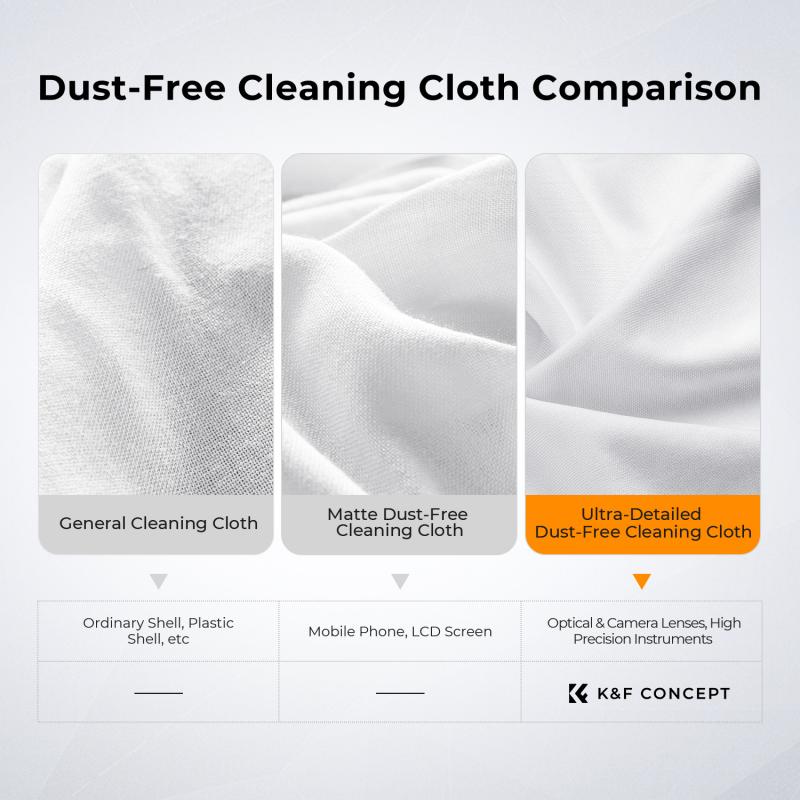

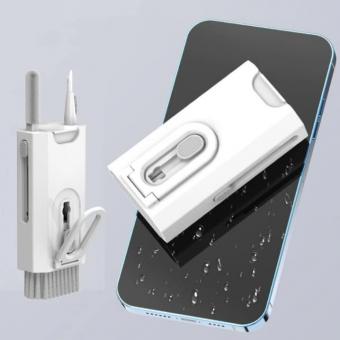






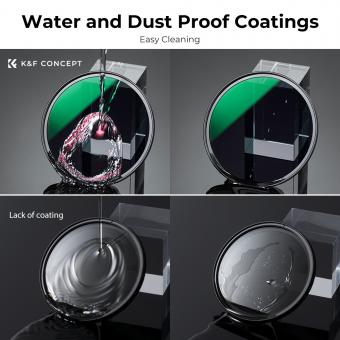
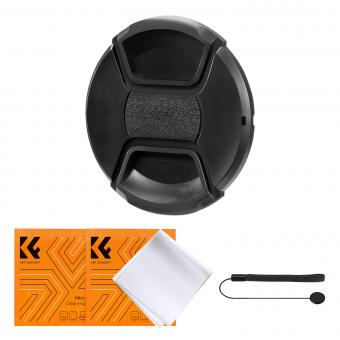
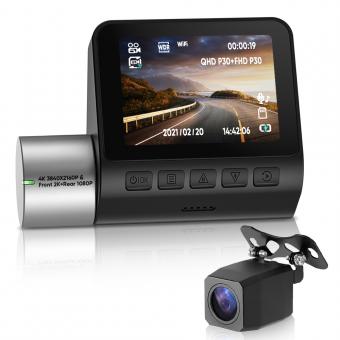
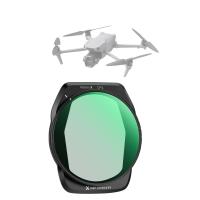
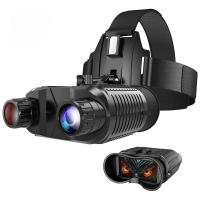
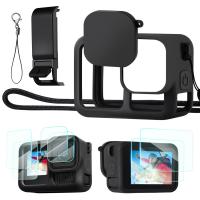



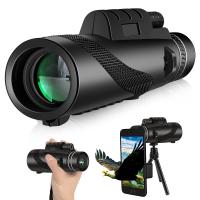


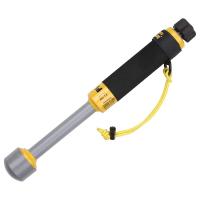

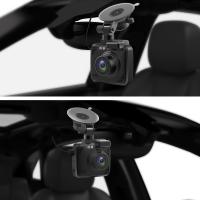
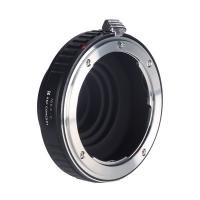
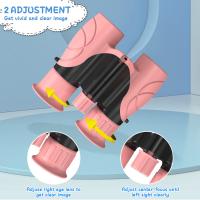


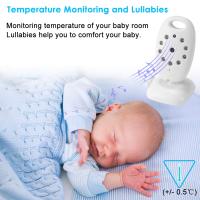
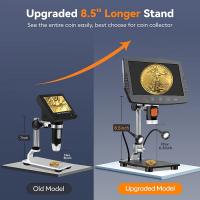

There are no comments for this blog.